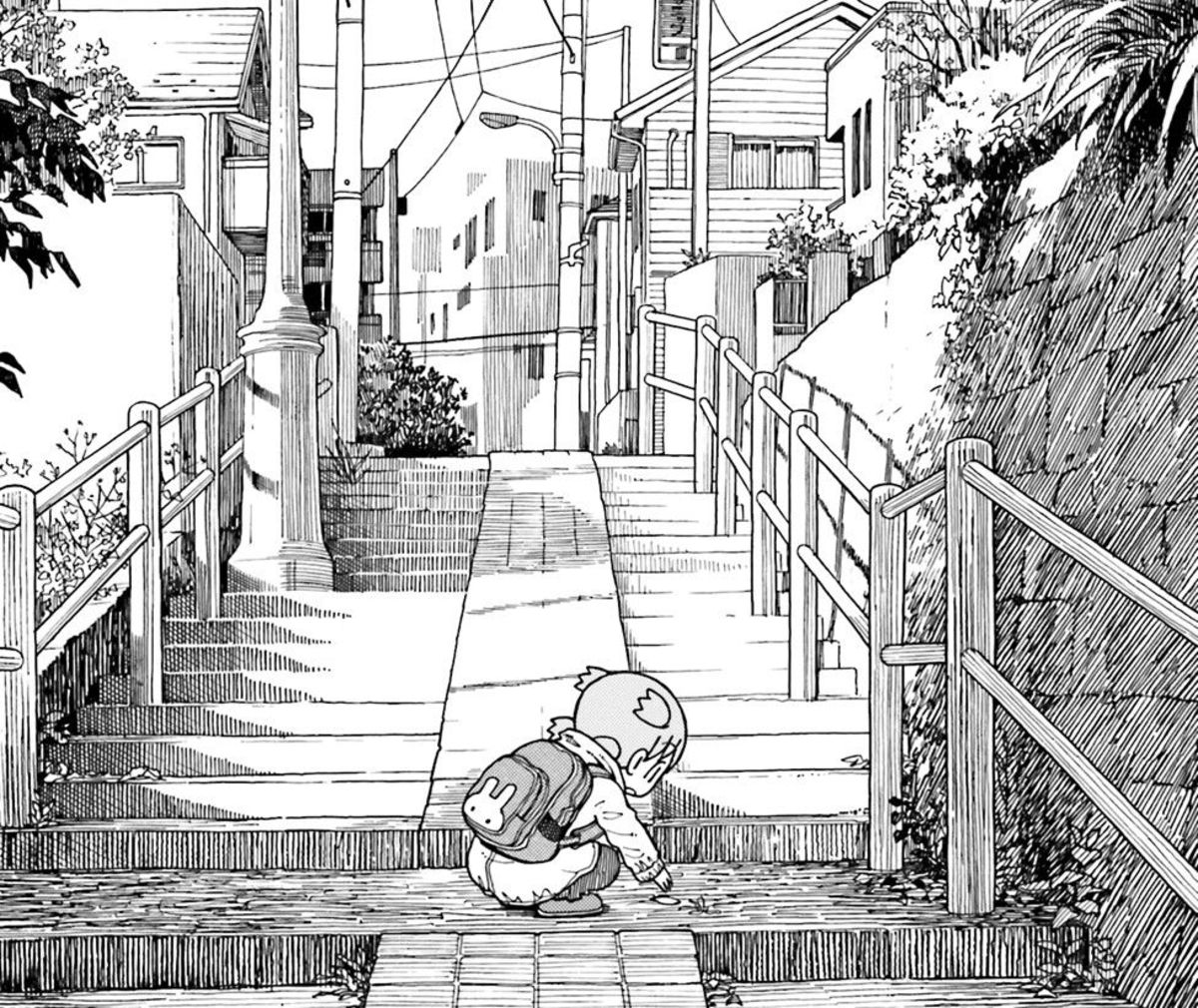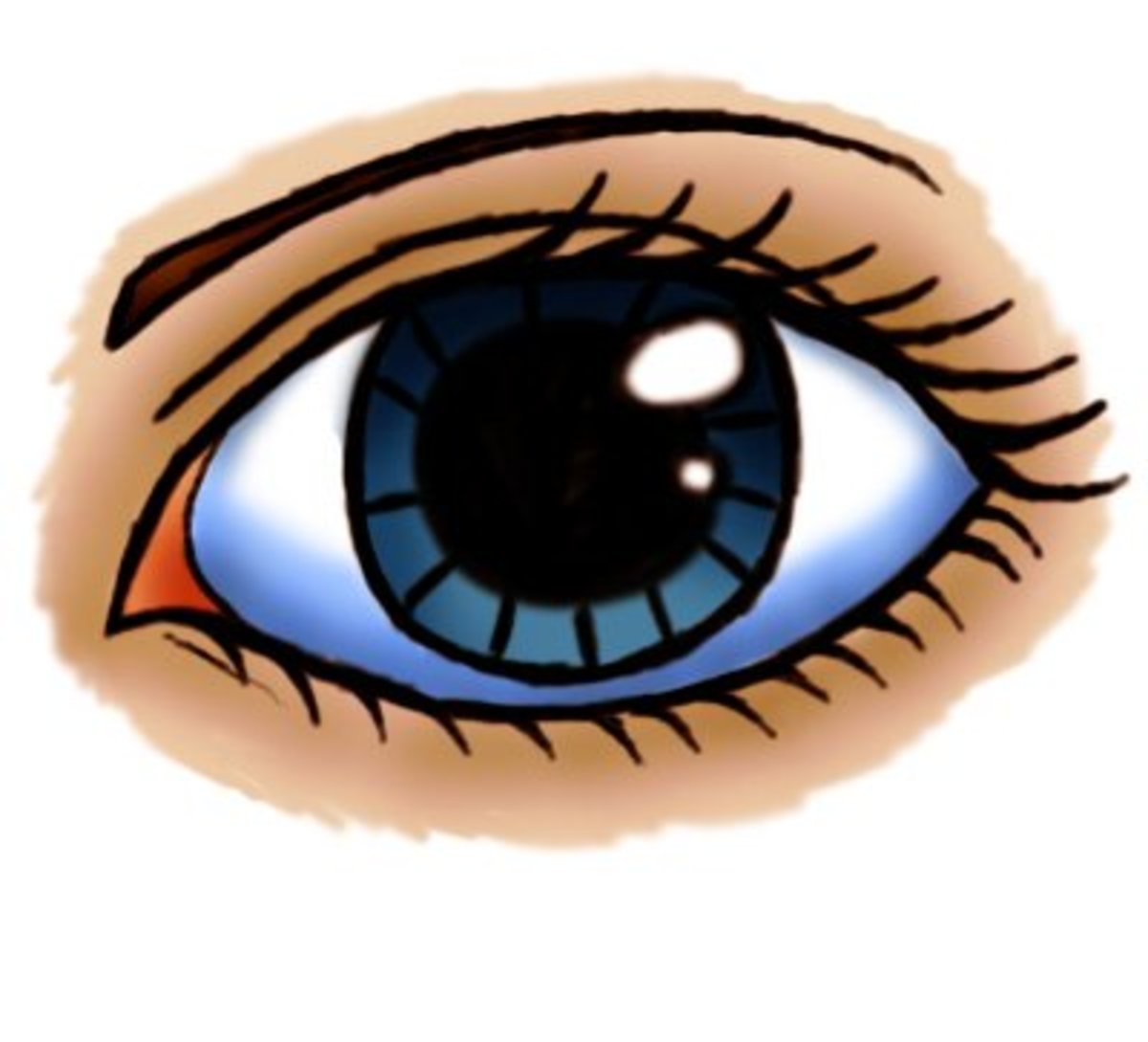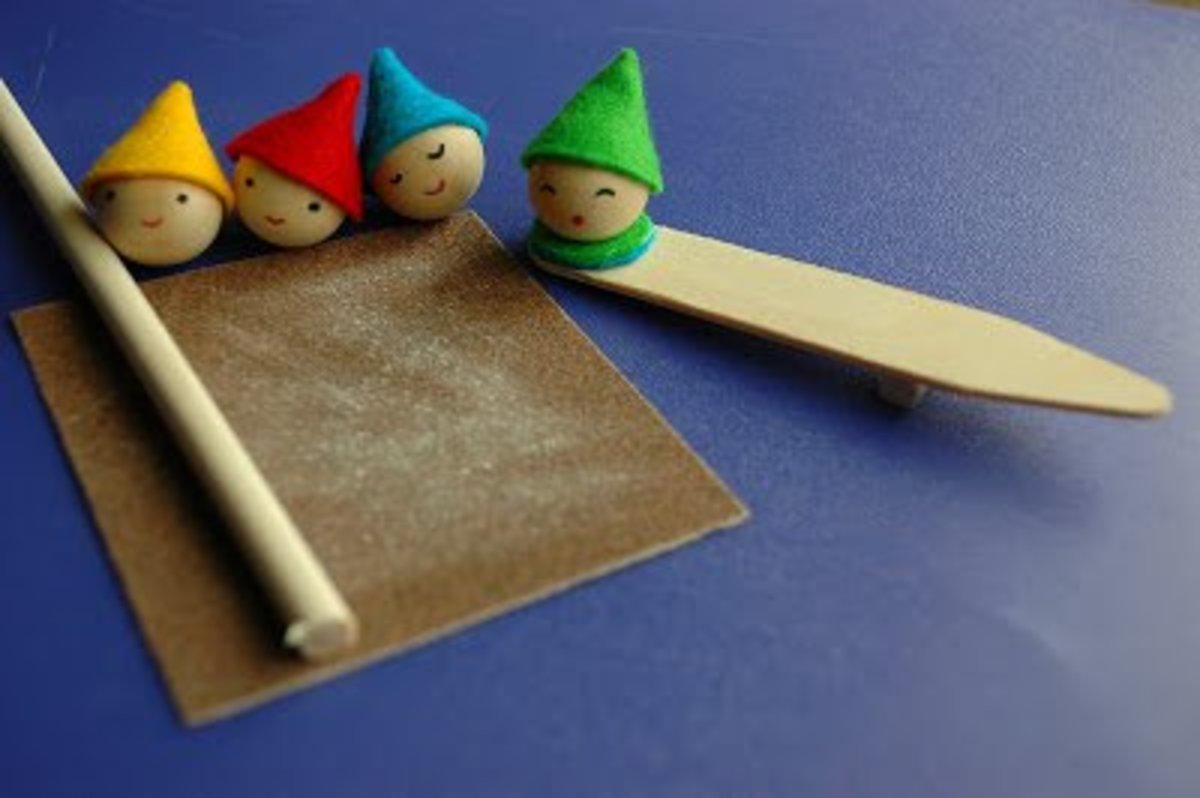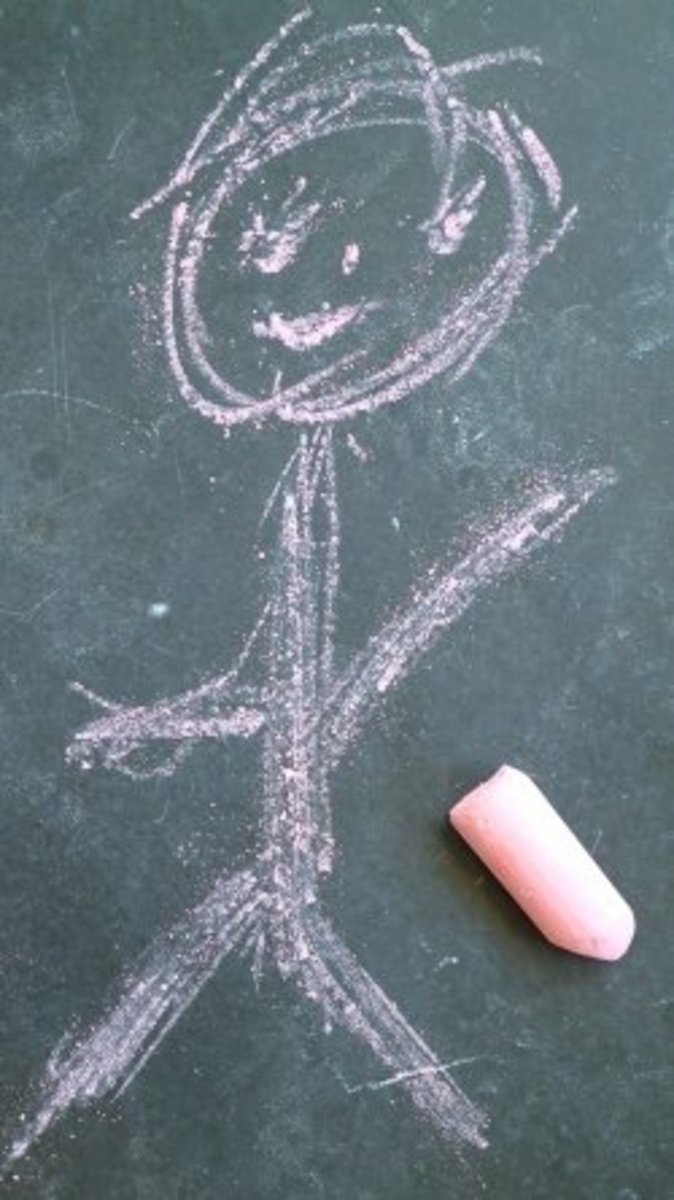Perspective: The Great Illusion
Masters of Illusion
Great magicians like Houdini are masters of illusion and all their tricks are meant to fool the eye. In a sense that is what we as artists have to do also. If you paint realistic subjects you know that in order to make a two dimensional surface look three dimensional, you have to employ a few tricks. The biggest and most important of these tricks is perspective. In this lesson, I will show you some simple ways to use one, two, and three point perspective as well as aerial perspective.
One Point Perspective
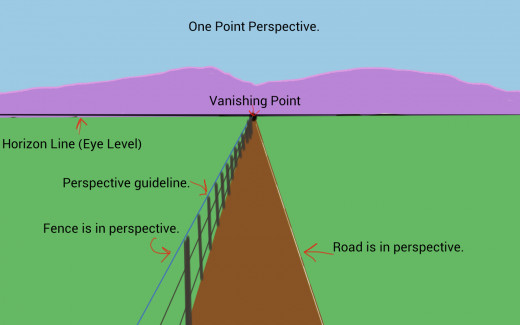
One Point Perspective
Perspective is simply a system used to make a flat surface, like canvas or paper, look three dimensional. The first example of perspective is one point perspective. One point perspective consists of one vanishing point. A vanishing point is the place on the horizon where all directional lines converge (a fancy word for come together). The horizon line can be defined as the point where the earth meets the sky which is easy to see when the land is flat. However, if the landscape is not flat and you can't see the horizon, then your eye level is where the horizon line is. In the image above, I have made a simple picture of a fence and road using the SketchBook Pro android app . When you look at a road it appears to get smaller and vanish in the distance. The fence posts also get smaller and closer together as they vanish on the horizon. This principle is illustrated in the example picture above using a guideline from the vanishing point.
A Helpful Book

House Interior in One Point Perspective
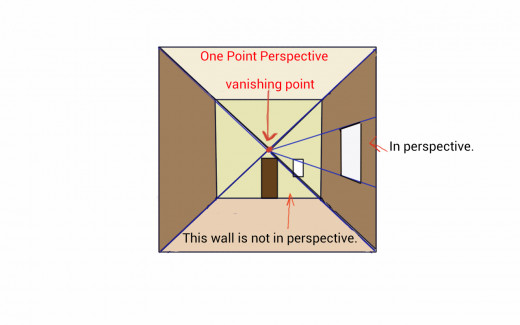
House in One Point Perspective
In this example I have drawn a simple interior of a house to show more about one point perspective. You can't see the horizon in a house, so the horizon line is your eye level. All the lines for the ceiling and floor meet in the middle of the end wall at the vanishing point. The window to the right is also in perspective, but the end wall in not. Because the end wall's door and window are not in perspective, they are drawn from a straight viewpoint and the lines do not slant. Notice the window on the right is larger than the other because it is closer to the viewer.
Drawing a House in One Point Perspective: Step 1
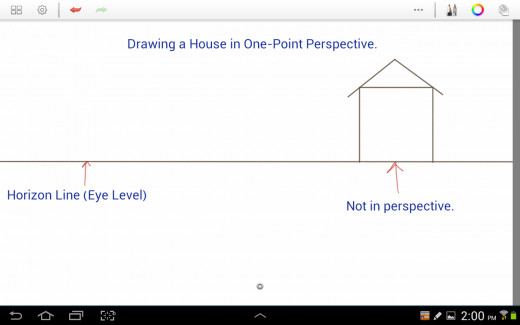
Drawing a House in One Point Perspective: Step 1
Here I will show you how to draw a simple house in one point perspective. In the first step I drew a square with a triangle on it. This is the front of the house and is not in perspective. I drew the house on the horizon line. When you are making up your picture and not looking at anything, you can make the horizon line wherever you want.
Drawing a House in One Point Perspective: Step 2
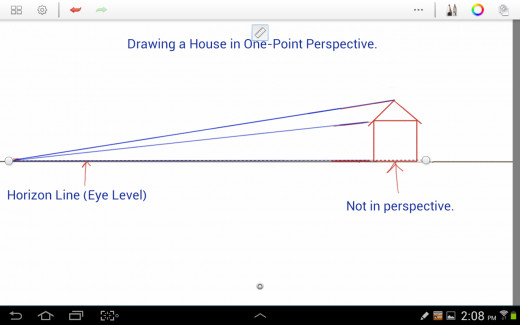
Drawing a House in One Point Perspective: Step 2
In this step, I put the vanishing point on the far left on the horizon line. I drew the blue perspective line from the top of the roof (the triangle) to the vanishing point. The second perspective line goes to the corner of the house to form the bottom of the roof. The third perspective line goes to the bottom of the house and since the house is on the horizon line, the line is straight.
Drawing a House in One Point Perspective: Step 3
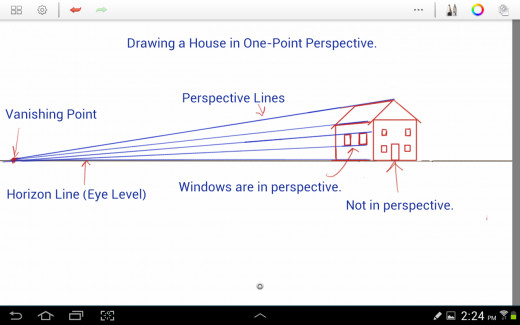
Drawing a House in One Point Perspective: Step 3
In this step, I drew the top and bottom of the roof along the perspective lines. I drew the end of the roof at the same angle as the front of the roof. (If you want to get really technical, this is supposed to be drawn in perspective on another eye level, but for simplicity's sake I've just made it the same angle as the front. It is technically correct with the right vanishing point.) The end of the house is drawn parallel to the front edge and is not in perspective. I also drew the side windows in perspective. The front of the house is not in perspective and the windows and door are not drawn in perspective. So that's it, a simple little house in one point perspective.
Another Good Book.
Two Point Perspective
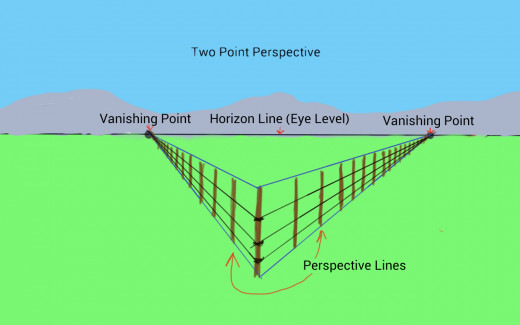
Two Point Perspective
Two point perspective is a little more complex because it uses two vanishing points. Typically two point perspective is used when you can see both sides of a house or fence from your eye level. In the example above, I have drawn a fence in two point perspective below the horizon line (eye level). As you can see, the posts still follow the rules of perspective and get smaller and closer together as they reach the vanishing points.
Drawing a House in 2 Point Perspective: Step 1
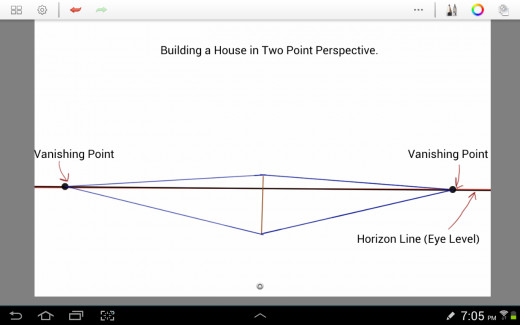
Drawing a House in 2 Point Perspective: Step 1
Drawing a simple house in two point perspective is a little bit more complicated than one point, but is still fairly easy. I started the drawing with a horizon line and placed two vanishing points in each side. Then I drew a line for the corner of the house. I drew the perspective guidelines from the top and bottom of the line to the vanishing points.
Drawing a House in 2 Point Perspective: Step 2
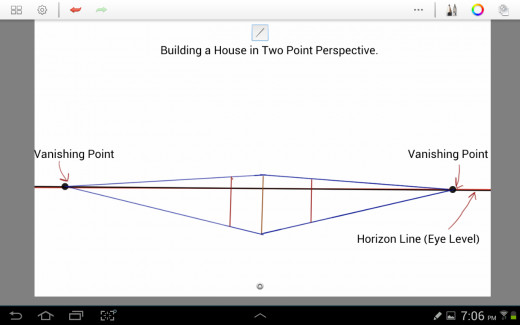
Drawing a House in 2 Point Perspective: Step 2
In this step, I added two straight lines for the edges of the house. I followed the perspective guidelines for the height of the lines. I made the sides of the house two different lengths to make the house look realistic.
Drawing a House in 2 Point Perspective: Step 3
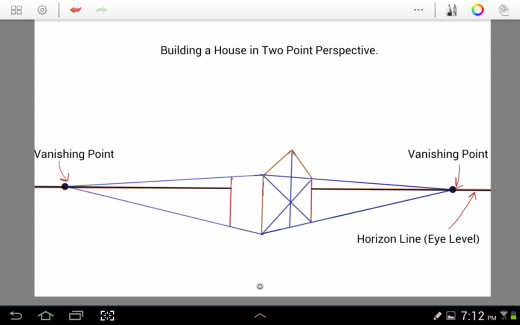
Drawing a House in 2 Point Perspective: Step 3
At this point I now have two squares drawn in perspective for the sides of the house. The next step is to draw the roof peak in perspective. I put the peak of the roof on the right side of the picture. To find where the peak of the roof was in perspective I drew a diagonal line from the upper left hand corner of the square to the bottom right hand corner. I drew another diagonal from the top right corner to the bottom left corner. Then I drew a straight line exactly through the x where the diagonal lines cross. This gave me the location where peak of the roof was in perspective. I then drew the sides of the roof to the edges of the house and formed a triangle.
Drawing a House in 2 Point Perspective: Step 4
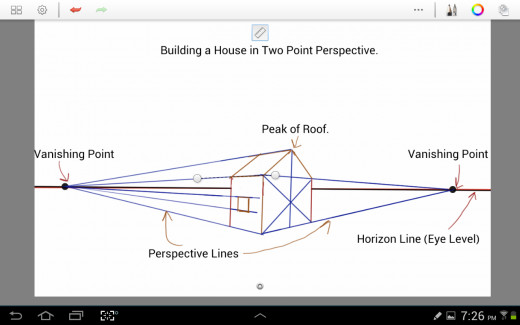
Drawing a House in 2 Point Perspective: Step 4
The final steps were to draw the top of the roof using the perspective guidelines and to draw the end of the roof at the same angle as the front of the roof. I also added a window in perspective on the left side of the house. So as you can see, two point perspective is a little more complicated, but is still fairly simple.
Jerry Yarnell

Jerry Yarnell's Website
- Yarnell Art Jerry Yarnell School of Fine Art
Jerry has a great video on perspective in his lecture series.
3 Point Perspective: Step 1
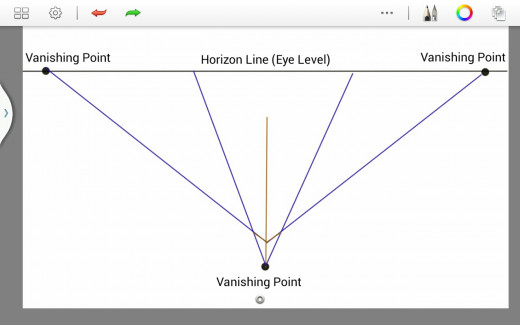
3 Point Perspective: Step 1
The last perspective is three point. This perspective is used to show tall objects such as skyscrapers. In the example above, I will show you how to draw skyscrapers. The viewpoint will be looking down on them. First I drew the left and right vanishing points on the horizon line. Then I drew the third vanishing point below the horizon line (eye level) . I drew a straight line through the third vanishing point for the edge of the skyscraper. Finally in this step, I drew the bottom of the skyscraper following the perspective guidelines.
3 Point Perspective: Step 2
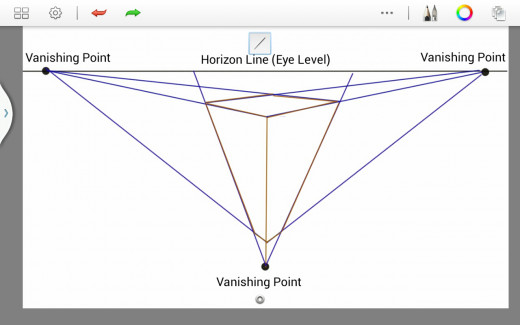
3 Point Perspective: Step 2
In this step I drew the two edges of the skyscraper following the three point perspective guidelines. For the top of the skyscraper, I drew a square in two point perspective.
3 Point Perspective: Step 3
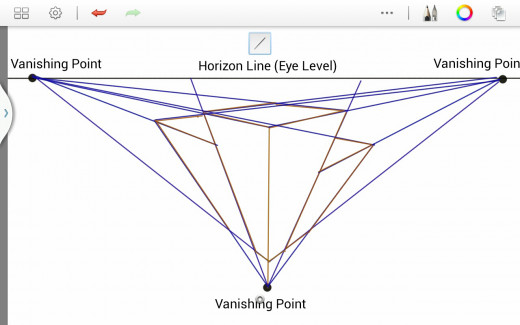
3 Point Perspective: Step 3
I added two more buildings to show how they would look in three point perspective. I followed the same steps for the two buildings on the sides. I varied the height and width to show how buildings are not uniform in real life. To show some depth, I overlapped the buildings.
3 Point Perspective: Step 4
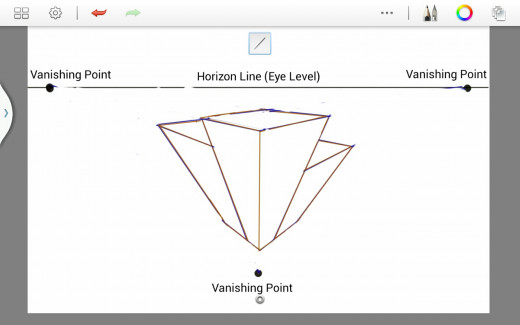
3 Point Perspective: Step 4
Here I erased all the guidelines to show a clean view of the skyscrapers. You can also add windows and other details to your buildings. This is just a very simple example.
3 Point Perspective: Step 5
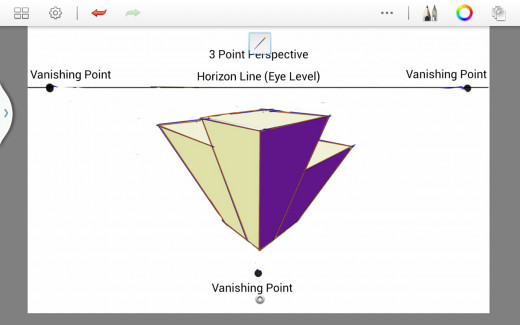
3 Point Perspective: Step 5
In this step, I thought I'd show some light and shadow colors to illustrate how to add depth to the buildings. Three point perspective is mainly used when you are drawing cityscapes. A lot of comic book artists and illustrators use this perspective to dramatize their pictures. I don't use three point perspective very often, but it is fun to play around with it.
Draw in Perspective by this Weekend

Aerial Perspective
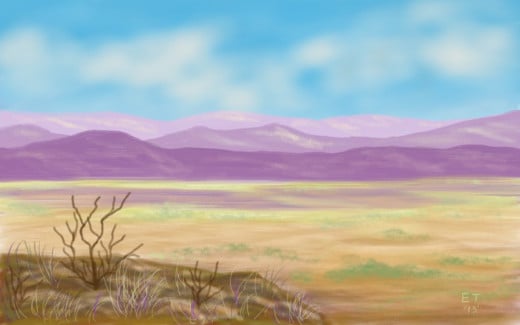
Aerial Perspective
I have left this perspective for last because it really isn't in the same category as geometrical perspective. Aerial or atmospheric perspective (It can be called either one.) has more to do with color and its intensity. Basically aerial perspective means that things look faded in the distance. I have made a simple landscape painting in the SketchBook Pro android app to demonstrate this. Notice in the painting that the farthest layer of mountains are a light faded purple, but as you come forward the mountains get darker and more intense in color. This effect is caused by pollution in the air. Because there are dirt particles, humidity and all sorts of pollution in the air, it makes mountains in the distance appear blue or purple. As you get closer to the mountains, their real colors will start to show up because there is less air between you and the mountains.
Applying the Principles of Perspective
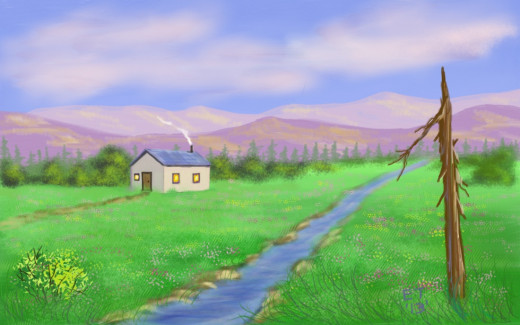
Putting It All Together
Now that I've covered the different kinds of perspective, I will show you an example of how to apply it. I created a simple landscape painting in the SketchBook Pro android app. The distant mountains show the principle of aerial perspective. I have drawn the stream in one point perspective and the cabin is in two point perspective. I haven't used three point perspective in this painting and in most landscapes you only need one or two point perspective.
I hope these simple lessons will help you to better understand perspective. Perspective can seem pretty complicated and I have tried to simplify it for you. These basic principles will help you to make your paintings look more realistic and in a way make you an illusionist too.

